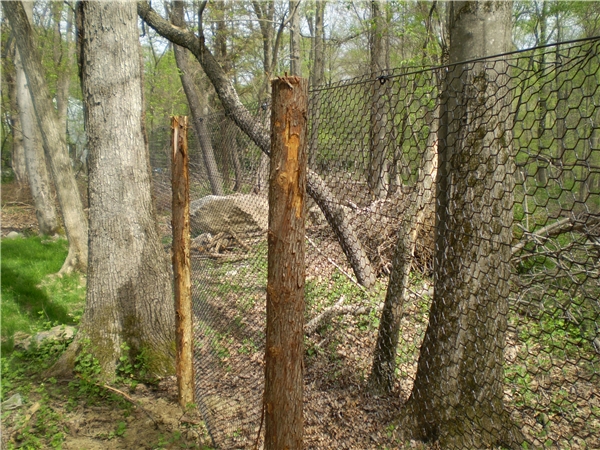 If you own or operate a business near the woods in areas well-populated by deer, then you know how detrimental they can be to your company. If you’re an agricultural business, they might eat your food. If you store heavy machinery outside, they might get hurt by accidentally running into equipment. The truth is, deer fencing in Connecticut is used just as much to protect the deer as it is your business. Here are some thoughts on how to choose the right deer fence for your company.
If you own or operate a business near the woods in areas well-populated by deer, then you know how detrimental they can be to your company. If you’re an agricultural business, they might eat your food. If you store heavy machinery outside, they might get hurt by accidentally running into equipment. The truth is, deer fencing in Connecticut is used just as much to protect the deer as it is your business. Here are some thoughts on how to choose the right deer fence for your company.
Fence Height
Many people worry that deer will jump over a fence if it is not high enough. Therefore, they build fences as high as 12 ft. to keep the deer away. However, most deer are not inclined to jump without provocation, so a fence ranging between 6.5 and 8 ft. will work just fine. This especially true if your fence will be under heavy tree canopy. They deer will sense the canopy as an obstacle and be less likely to jump. The caveat is if you are placing a fence over a great open distance. To solve this problem, you should find places to angle the fence out at 45 degrees, thus disrupting the pattern of the straight line and confusing the deer. Speak with fencing companies in CT to see what they recommend.
Type of Fencing
There are a few different types of deer fencing: polypropylene plastic, metal, a combination of the two and even electric fencing. All types of fencing can be effective. You just have to know what to look for with each type.
In terms of polypropylene fencing, you want to make sure that the quality is high. There are four types polypropylene fencing on the market. Stay away from “Economy Deer” and “Standard Deer” fencing, which are the weaker of the group. Instead, opt for “Heavy Perimeter” or “Millenium Heavy Duty” deer fence.
In terms of metal, look for a new product named “Metal Hexagrid” fence. This metal fence is coated with PVC piping, making it strong and also more humane should the deer run into the fence with force, because the cuts and abrasions will be less significant.
Finally, an electric fence is just what it sounds like: a metal fence that gives a small electric charge when the deer comes in contact with it. These can also be effective when keeping deer at bay.
Combination Fencing
One way to think of the electric fence is as a supplement to either the plastic or metal fences. The deer will be stunned by the electric fence, yet should they somehow break through, they will then have to deal with a second fence. This daunting task will cause them to look for food elsewhere rather than trying to press through. This also allows you to build a lower metal or plastic fence than you might otherwise have done, saving you money on the second barrier.
Key Takeaways:
- A deer fence of 6.5 to 8 ft. is most likely adequate for stopping deer.
- Plastic, metal, and plastic/metal combo fences can all be effective. Electric fences are yet a fourth option.
- Consider combining an electric fence with a metal or plastic fence so you have two barriers of protection.
Need Help?
If installing a fence is something you are interested in but are having trouble getting started, contact us today for a FREE estimate!
*Photo courtesy of www.freedigitalimages.net
